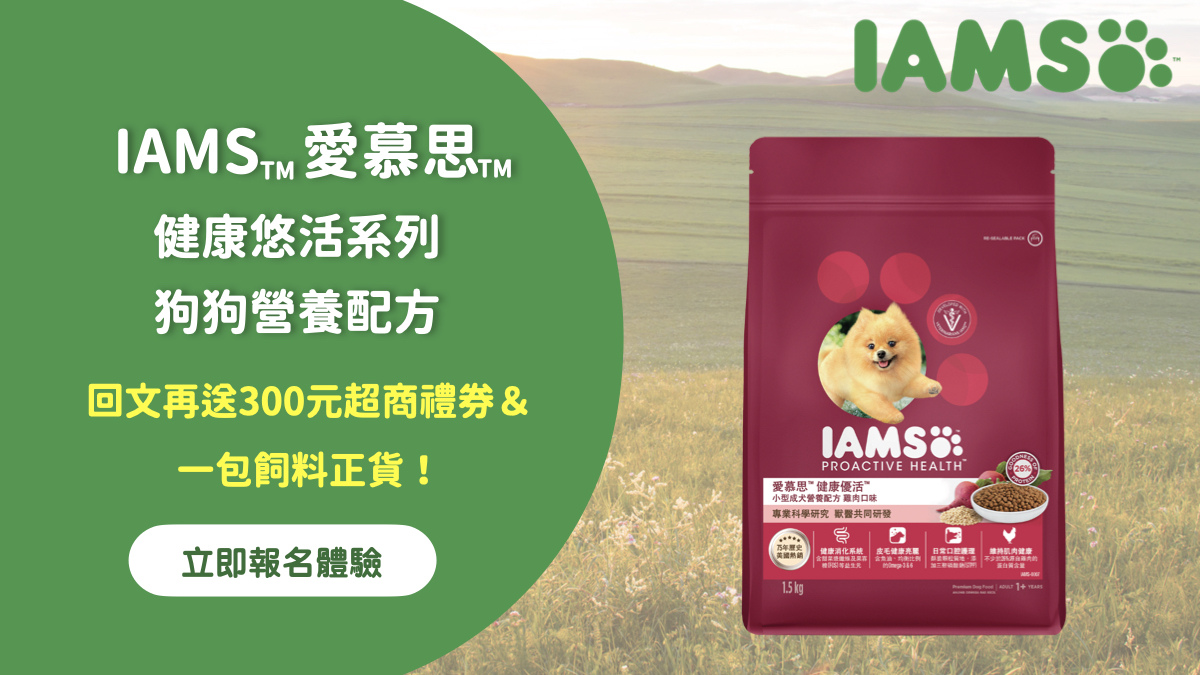廣和中醫減重 中醫減肥 你該了解數十年有效經驗的中醫診所經驗技術~
中醫減肥需要強調身體體質,只要能識別出個人肥胖的因素,然後根據個人的體質和症狀,施以正確的為個人配製的科學中藥,減肥成功可被期待,已經有很多成功案例。這也是我們在中醫減重減肥領域有信心的原因。
廣和中醫診所使用溫和的中藥使您成功減肥而無西藥減重的副作用,也可減少病人自行使用來路不明的減肥藥所產生的副作用,不僅可以成功減重,配合飲食衛教得宜,就可以不復肥。
廣和中醫多年成功經驗,為您提供安全,有效的減肥專科門診。
中藥減重和西藥減重差異性:
目前普遍流行的是藥物減肥法,藥物減肥法分為中藥減肥法和西藥減肥法。有些人也會選擇抽脂等醫美方式。
但是在我們全套的中藥減肥計劃中,除中藥外,還有埋線幫助局部減肥的方法。
西藥減肥,除了雞尾酒療法外,早年流行的諾美婷也是許多人用西藥減肥的藥物。
但是近期大多數人都開始轉向尋求傳統中藥不傷身的方式來減肥,同時可應用針灸,穴位埋入等改善局部肥胖。
許多人不願嘗試中醫減重最大原因:
減肥的最大恐懼是飢餓。廣和中醫客製化的科學中藥。根據個人需要減少食慾,但是又不傷身,讓您不用忍受飢餓感
讓您不用為了減重,而放棄該攝取的營養。
廣和中醫還使用針灸和穴位埋線刺激穴位,促進血液循環和減肥。
許多人來看診的人,都相當讚許我們的埋線技術,口碑極好!
這類新型線埋法的效果可以維持約10-14天 但不適用於身體虛弱,皮膚有傷口,懷孕、蟹足腫病人,必須要由醫師評估情況才可。
如果您一直想要減肥,已經常試過各類坊間的西藥還是成藥,造成食慾不振或是食慾低下,甚至出現厭食的狀況,營養不良的情形
請立即尋求廣和中醫的協助,我們為您訂做客製化的減重計畫,幫助您擺脫肥胖的人生!
廣和中醫診所位置:

廣和中醫深獲在地居民的一致推薦,也有民眾跨縣市前來求診
醫師叮嚀:病狀和體質因人而異,須找有經驗的中醫師才能對症下藥都能看到滿意的減重效果。
廣和中醫數十年的調理經驗,值得你的信賴。
| RV15VDEVECPO15CEWC15 |
人生有可能會進入黑暗時刻,眼前的一切似乎都暗無天日,但是請相信,只要心中還有希望之光,那麼就一定會得到黎明來臨,這才是強者的人生吧。你的人生如何呢?也只有你自己能夠做主了。行了,老陳就不瞎操心了,還是繼續說運勢吧,就說說未來15天裡,哪些星座的運勢不錯,會過得精彩紛呈,活得瀟瀟灑灑吧。 ... 水瓶座 水瓶座的朋友未來15天運勢還不錯,最讓你們激動的就是金錢方面了,會收入多多,驚醒連連啊。這段時間裡,你們賺的錢的數額都很大,連你們自己都感到驚訝,這或許就是財運的力量,有財神的幫助,你們過得一定會精彩紛呈哦。 ... 獅子座 獅子座的朋友未來15天裡,運勢也很好哦。在好運的幫助下,你們的專注度會越來越好,你們這樣的狀態,也大幅提高你們在工作中的效率,從而讓你們得到的回報也大大增加,事業要成功,財富要增長,你們活得也會瀟瀟灑灑啊。 ... 雙子座 雙子座的朋友未來15天的運勢會給你們驚喜的,幸運多,好運頻,真是太爽了。有錢的你們會買買買,得到愛情的你們會甜甜甜,心想事成的感覺真好,意外收穫的感覺更好,反正幸福要來了,你們就好好享受吧。 ... 生活總有那麼多的不如意,可還是要以樂觀的心態去堅持,不要總是訴說著自己的悲哀,別人更多的只會當成笑話來聽,要學會自己承受。運勢這種東西吧,有時候還真是信則有不信則無,但是努力這東西卻實實在在的存在,用努力來換取好運,應該是最正確的事。
內容簡介
More than any other treasure, Shijing 詩經 contains the historical roots of China, from which much of modern culture grew. From a lovelorn young man to an aging woman spurned by her wedded husband, from an elder statesman admonishing a young sovereign, to foot-soldiers facing the unspeakable fate of sacrificial burial, the love and war in Shijing serves as a key to unlock the cultural roots of Ancient China.
The book presents the reader with a fascinating glimpse of the peoples of Ancient China by analyzing many poems in Shijing and discussing aspects of culture and events reflected in the poems from a wide range of disciplines, including archeology, ethnography, history and linguistics.
Reading this book will enhance the general reader’s knowledge of Chinese culture as well as familiarity with the language as a “bare-bone”. Minimalist English translation is used which enables readers to get closer to and gain a better sense and flavor of the original text.
作者簡介
William S-Y. WANG
William S-Y. WANG was Professor of Linguistics at the University of California in Berkeley for 30 years. He was elected to the Academia Sinica in 1992. In 1973, he founded the Journal of Chinese Linguistics, the first international publication in the field, and continues as its editor till this day. Currently he is Research Professor at the Chinese University of Hong Kong.
目錄
Part 1
Chapter 1 A Magic Portal
Chapter 2 Battle of Muye
Chapter 3 Two Warriors: Fuhao and Shaohu
Chapter 4 Structure of the Shijing
Part 2
Chapter 5 Legacy of the Shijing
Chapter 6 Love in the Shijing: Guan Ju
Chapter 7 Love Requited and Unrequited
Chapter 8 Injustice in Death
Chapter 9 Femmes Fatales and Miracle Births
Chapter 10 Affairs of State: Praise, Complaint, and Admonishment
Chapter 11 Across Time and Cultures
詳細資料
- ISBN:9789629372156
- 規格:平裝 / 240頁 / 16k菊 / 14.8 x 21 x 1.2 cm / 普通級 / 雙色印刷 / 初版
- 出版地:香港
- 本書分類:> >
內容連載
These were the thoughts that led me to write this book. I am not formally trained in all of the diverse topics discussed here, but have learned them only as an amateur in sporadic fashion, prompted by a sense of curiosity, and an abiding love for my native heritage. The subjects are so intrinsically interesting that I am eager to share them, in spite of how little I know. The joy I derive from telling the story here is not unlike that radiating from the face of the man with a drum in Figure 1 (p. 4).
I have tried to make these pages accessible to the general public, with no special expertise required, not even any training in the Chinese language. Chinese writing, what I call “sinograms” here, is put in footnotes at the bottom of each page so as not to intimidate readers not familiar with it. Putonghua and Hanyu Pinyin, as well as Sinogram traditional and simplified, are discussed in the Introduction. At the same time, however, I have supplied an extensive set of endnotes in the end of each chapter, presented at a more specialized level. Readers who wish to explore any of the topics covered here more deeply will find these endnotes helpful.
Several friends much more expert than I were gracious enough to look at earlier drafts of these pages, and offered valuable advice. These include Matthew Chen陳淵泉of the University of California at San Diego, Ho Dah’an 何大安 of Academia Sinica, Geoffrey Sampson 散復生 of the University of South Africa, Sun Jingtao 孫景濤of the Hong Kong University of Science and Technology, and Takashima Kenichi 高嶋謙一of the University of British Columbia. The suggestions from David Buckley卜大偉of the Oregon Health and Science University are invaluable for providing the viewpoint
of a reader from another field. Edmund Chan陳家揚of the City University of Hong Kong Press has been an unfailing source of editorial support, as he has been for several other books I have been involved with. Finally, I am particularly fortunate to have much expert advice from Ed Shaughnessy 夏含夷 of the University of Chicago during the final stage of the manuscript, saving me from many embarrassing errors. I regret that it was too late in the book production to follow all his wise counsel.
Above all, to Tsai Yaching 蔡雅菁 I owe not only the initial inspiration for this labor of love to explore our common heritage, but also the day-to-day intellectual and practical support over the many long months to see the project through. Many of the insights and observations gathered here actually came from her. All in all, one could not ask for a better muse!
Despite much help I have received from them, and from many other generous friends, surely there are numerous inadequacies which remain. I can only hope that kind readers will point these out to me so that I can continue to learn.
There is a Chinese saying, pao zhuan yin yu拋磚引玉, literally “throw brick attract jade.” It comes from a story in the Tang dynasty, in which someone tried to induce a famous poet to compose by starting a poem with some of his own lines. His wish came true when the famous poet came and added several more talented lines to polish off the poem. In publishing this little book, I am hoping that readers who are much more knowledgeable than I will continue to explore the wonderful world of Ancient China, and share their explorations with us.
文章來源取自於:
壹讀 https://read01.com/zyBg4E4.html
博客來 https://www.books.com.tw/exep/assp.php/888words/products/0010598488
如有侵權,請來信告知,我們會立刻下架。
DMCA:dmca(at)kubonews.com
聯絡我們:contact(at)kubonews.com
清水暴食症的中醫治療新竹局部消脂中醫門診后里減肥中醫推拿法公館鄉有效的中醫減重配方
三義可以加強局部消脂的中醫減肥門診 新竹香山產後瘦身減肥中醫診所 針對肥胖減重瘦身推薦的新竹中醫診所龜山更年期減重門診 桃園八德輕鬆減肥方式中醫診所 健康輕鬆減重不復胖推薦桃園八德中醫減重門診潭子減肥中醫推拿法 蘆竹針灸埋針中醫診所 中壢減肥專業中醫診所推薦針對胖因調治西湖針灸穴位埋線減肥 大里減肥諮詢中醫門診 新竹中醫埋線推薦的中醫診所




 留言列表
留言列表


